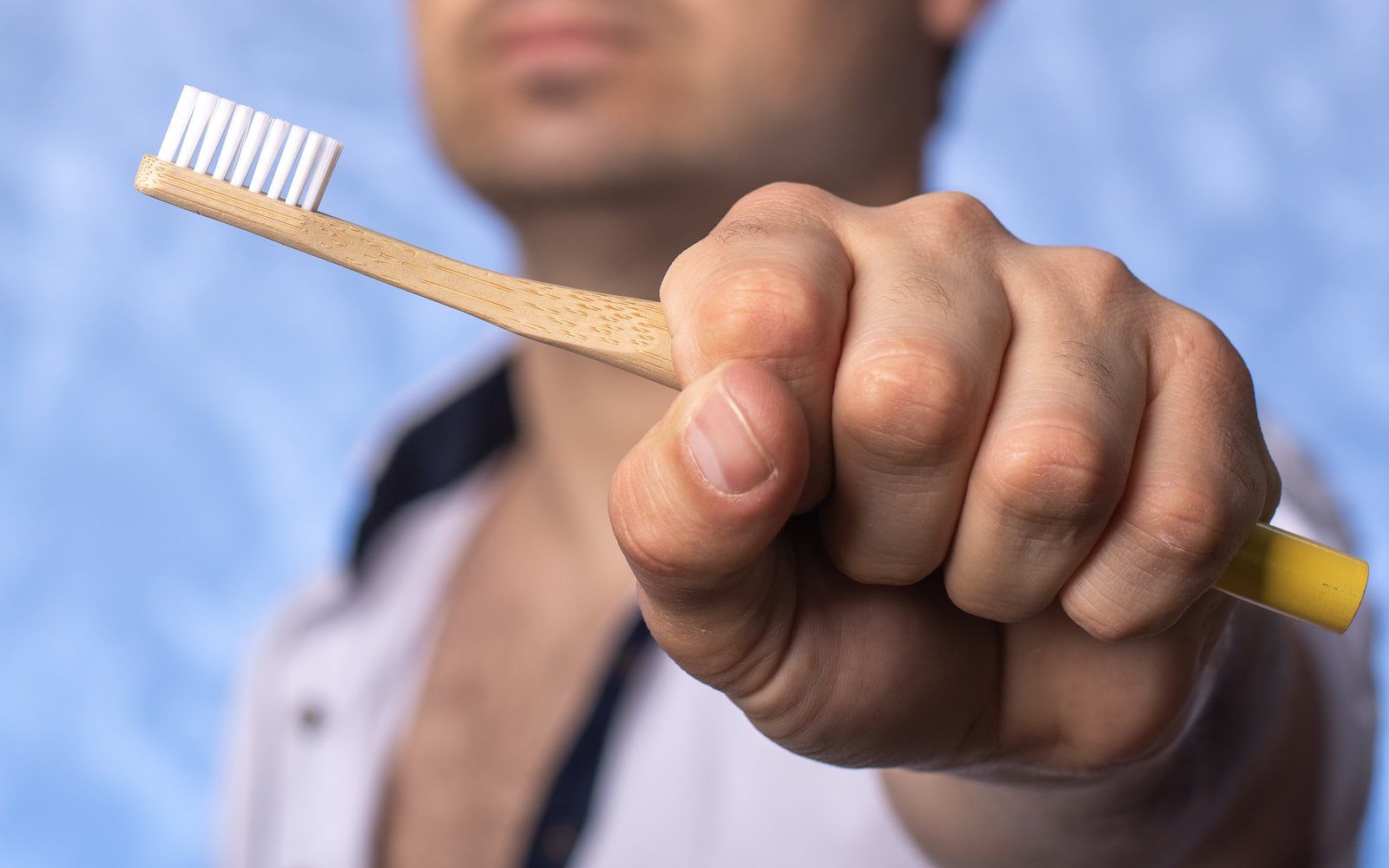Staying Eco-Friendly While Protecting Your Smile

Plastic is one of the mainstays of the dental industry, and that’s becoming a problem. When you look at your oral hygiene kit, plastic is everywhere. It’s in your toothbrush, your bottles of mouthwash, and your floss. Worse, your floss isn’t just contained in it, it’s actually made of plastic. It’s no surprise that dental hygiene products are one of the major contributors to the world’s plastic problem. While it’s not possible (or at least highly inadvisable) to stop caring for our teeth, there are options. By making sustainable choices we can maintain a beautiful smile while also protecting our amazing planet.
Staying Eco-Friendly While Protecting Your Smile
The ADA, or the American Dental Association, put together a set of oral hygiene guidelines over a century ago. While these guidelines have continued to be updated, they don’t focus on waste production. As a result, there are certain practices within these guidelines that result in a significant amount of waste. For instance, your toothbrush should be replaced every six months to ensure its effectiveness.
While this is a great practice for protecting your teeth, it generates an immense amount of waste. If every individual in the United States replaced their toothbrush at this rate, it would generate over 18 million pounds of plastic waste. This is without any consideration for your toothpaste tube, mouthwash, floss, or other dental care products.
But First, A Word About Water
Before we even talk about reducing the plastic in your oral hygiene routine, try these cost-free steps:
- Shut off your tap while brushing your teeth
- Rinse after you’ve finished flossing, not after brushing
- Wash out your mouth without leaving the tap running.
These simple steps reduce the amount of water waste your routine produces. In a family of four, enough water to fill a small in-ground swimming pool can be saved. This is because each brushing with the tap on produces 4-8 gallons of water waste. While this doesn’t reduce the amount of plastic you use, it will help preserve freshwater.
Eliminating Plastic From Your Oral Hygiene
As we mentioned above, there’s a significant amount of plastic used in oral hygiene. This fact has led to an immense amount of waste. However, it’s also led to the development of effective alternatives. There are floss options that come in biodegradable containers and are themselves made from spools of mulberry floss. This is a significant improvement over the use of traditional floss. Traditional floss is made from nylon, which can take up to 80 years to degrade outside of a landfill. In a landfill, it can last countless decades longer. With over 300 million people in the US alone using traditional floss, that’s a lot of waste.
Your toothbrush provides another opportunity to reduce your overall plastic waste. There are products on the market made from natural and biodegradable materials to replace them. Bamboo toothbrushes are a great choice, but the best answer may surprise you. The most effective way of eliminating plastic waste in a sustainable manner is recycling.
Speak To Your Dentist For More Advice
Your dentist are able to provide you with even more options. They’ll know more about the products available and can make solid suggestions that are effective. Not all sustainable products have been rated by the ADA, so your dentist’s advice is essential.

